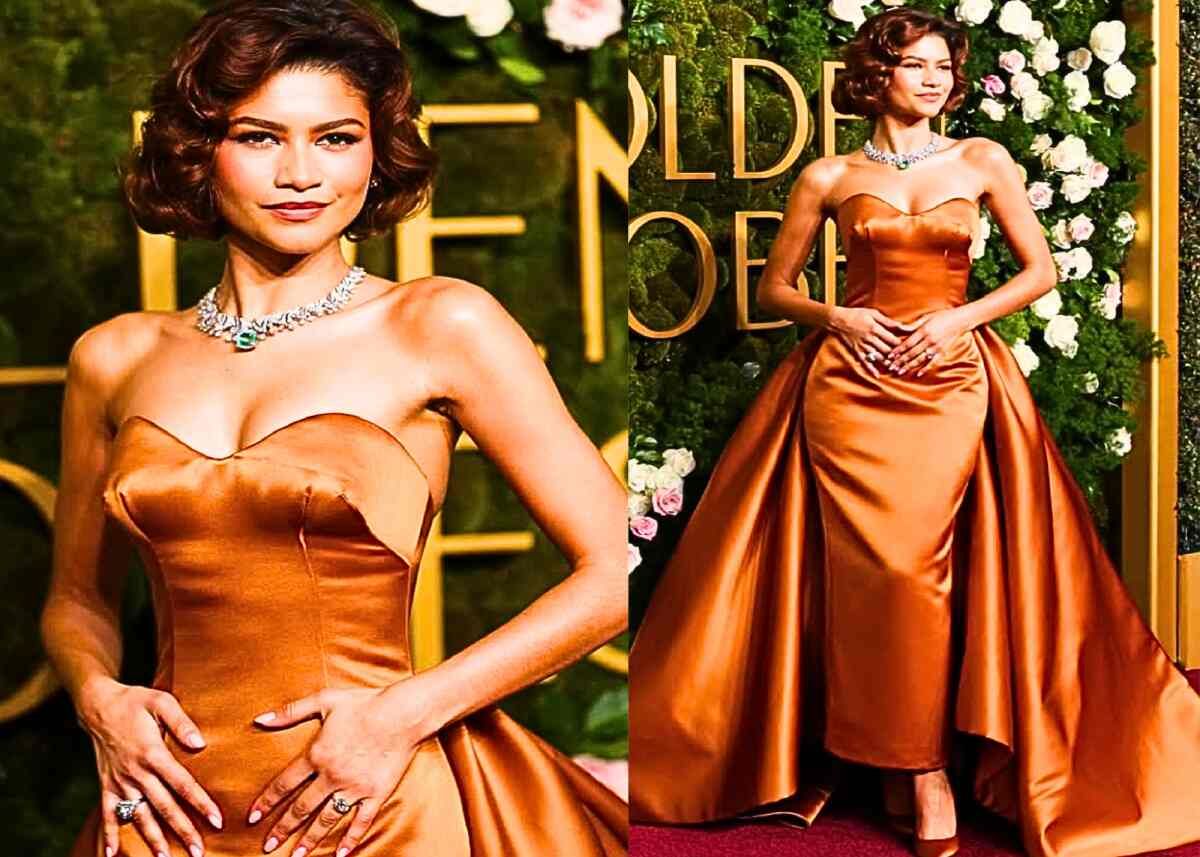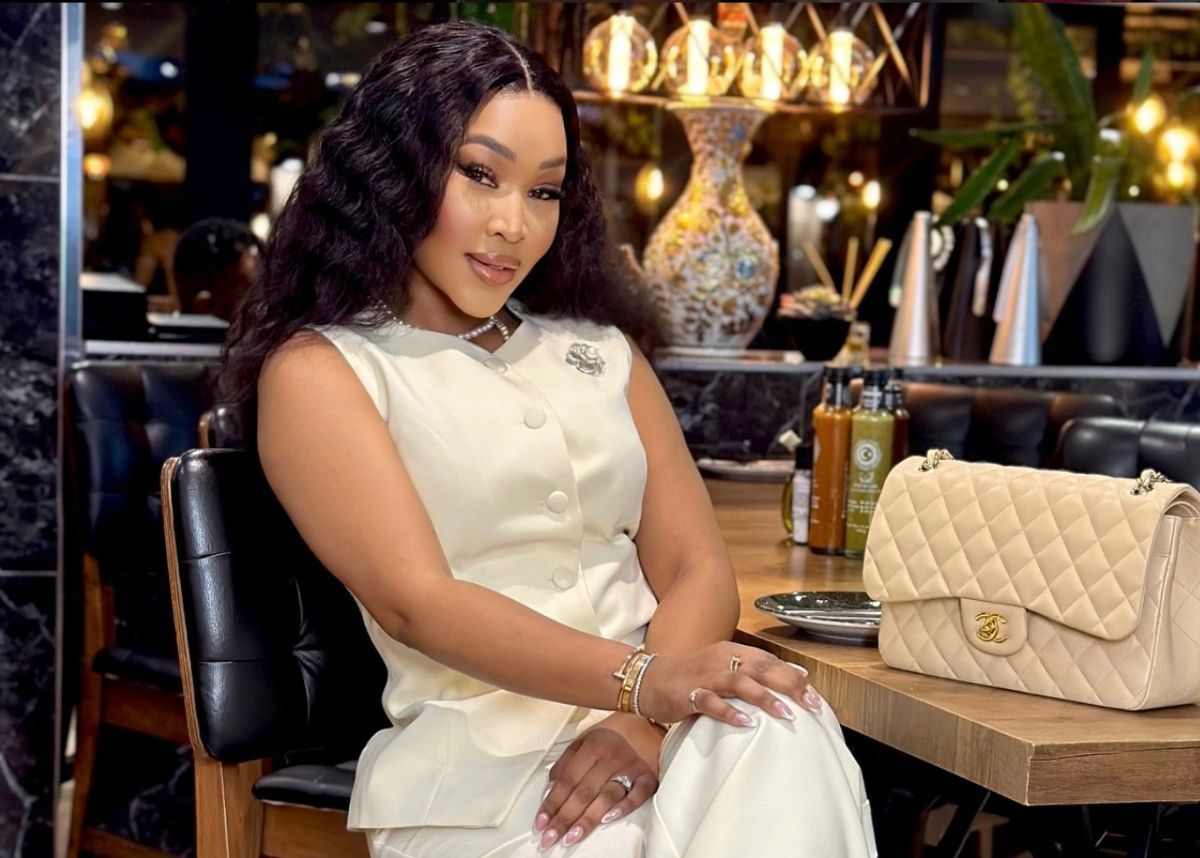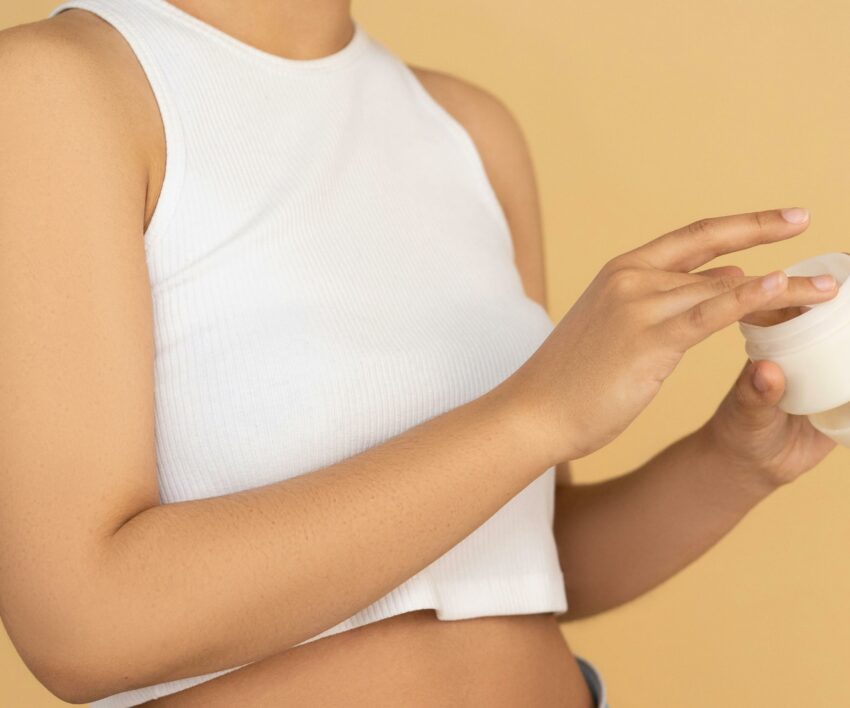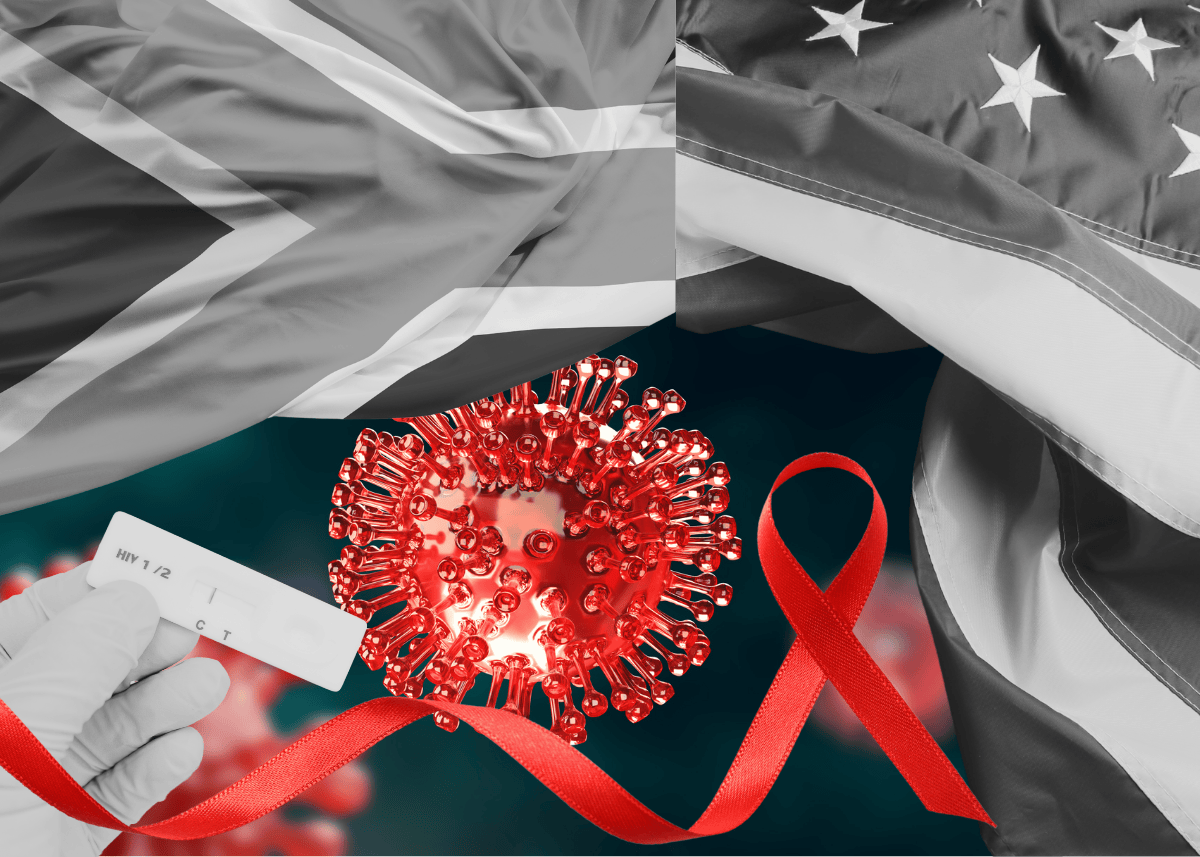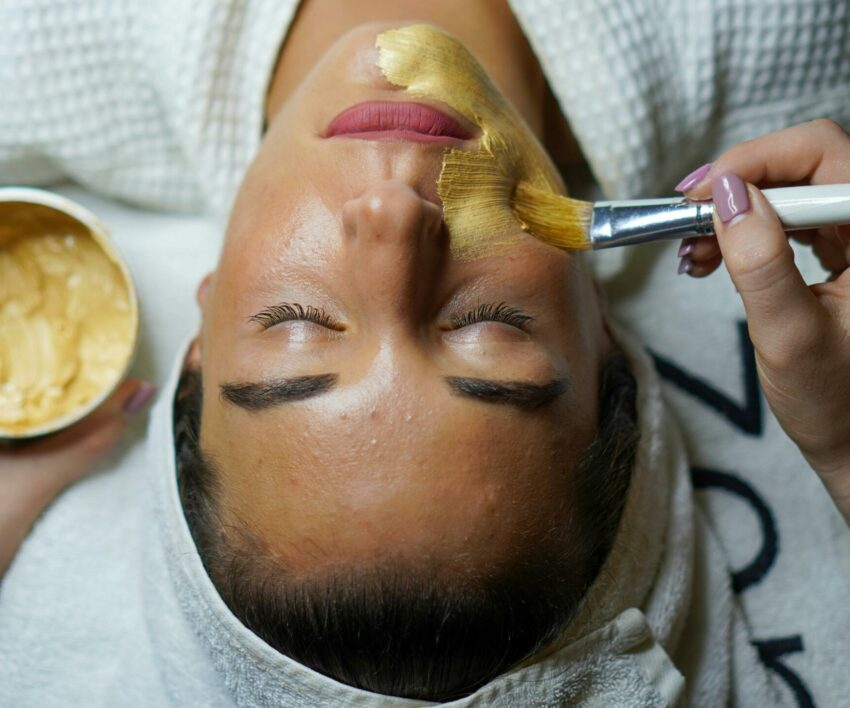1 Views
Wearing colours that complement your skin tone enhances your natural glow, creates a balanced aesthetic and ensures your outfits always look effortlessly put together.
- Blue or purple veins indicate a cool undertone.
- Greenish veins suggest a warm undertone.
- A mix of both means you likely have a neutral undertone.
- Warm undertones suit earthy shades like burnt orange, mustard yellow, olive green, and rich browns. Gold-toned jewellery also flatters warm skin tones.
- Cool undertones�shine in jewel tones such as emerald green, sapphire blue, deep purples, and icy pastels. Silver or white gold jewellery complements these tones beautifully.
- Neutral undertones have the advantage of versatility and can wear both warm and cool shades. However, softer, muted tones like taupe, dusty rose, and soft greys work particularly well.
- High-contrast individuals�(e.g., dark hair with light skin) look striking in bold, deep colours like navy, black, or ruby red.
- Low-contrast individuals (e.g., fair skin with blonde hair) are flattered by softer, more muted tones such as pastel blue, peach, or beige.
- Medium-contrast individuals can experiment with a balance of both, mixing light and dark shades for a dynamic look.
- If you have cool undertones, avoid overly warm, yellow-based shades like mustard or olive green.
- If you have warm undertones, steer clear of icy blues, neon shades, or stark whites, which can create an unnatural contrast.
- If you have neutral undertones, avoid overly bright neons or muddy, dull shades that lack vibrancy.
- Warm skin tones pair well with cream, camel, warm greys, and brown-based neutrals.
- Cool skin tones are complemented by crisp white, charcoal grey, and cool-toned neutrals.
- Neutral skin tones�can wear a mix of warm and cool neutrals, depending on the occasion.




